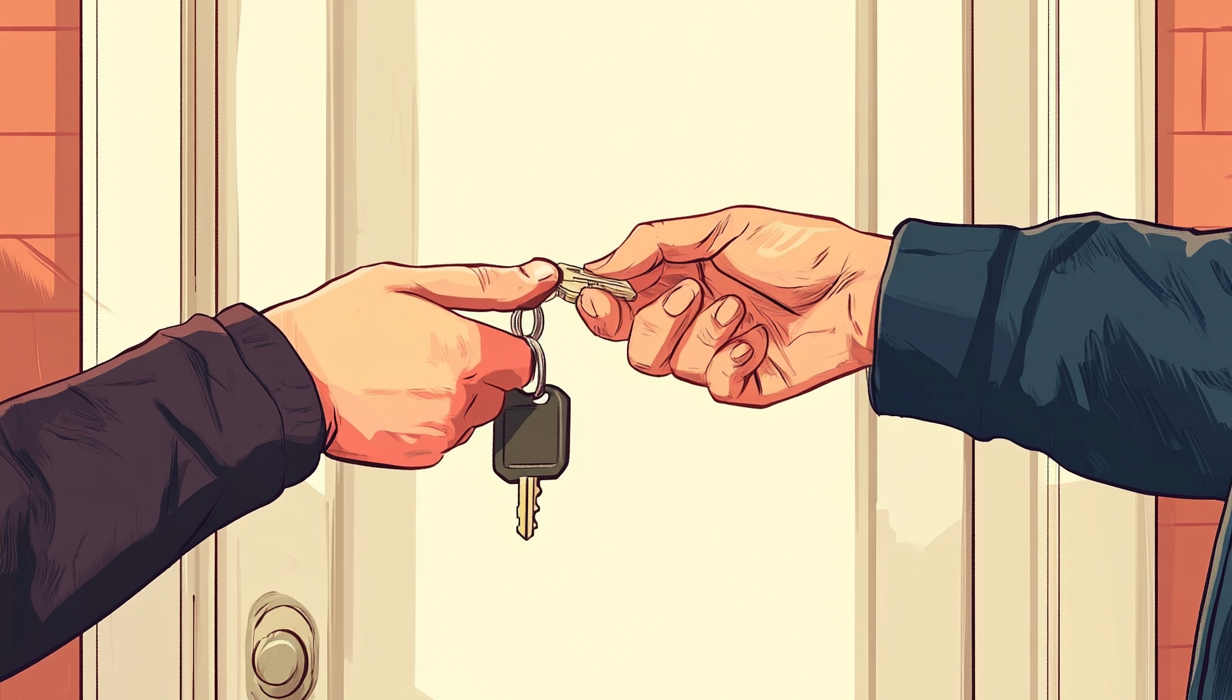Here’s what the unchanged mortgage rates mean for potential homebuyers.
The American dream of homeownership continues to face a stubborn roadblock as mortgage rates remain at 6.76% for yet another week.
This persistent high-rate environment is extending the challenges for potential buyers already grappling with affordability issues in a market that refuses to offer relief.
The sustained impact on buyers
For homebuyers across the country, the unchanged rate means borrowing costs stay elevated, significantly affecting purchasing power. What once might have secured a comfortable family home now barely covers a starter property in many markets.
The steady rates continue to sideline many first-time buyers who find themselves unable to stretch their budgets any further.
The psychological impact shouldn’t be underestimated either. Many prospective homeowners had been holding their breath for months, hoping for the rate decreases that economic forecasters had predicted earlier in the year.
As rates remain stuck, some potential buyers are abandoning their search altogether, while others are reluctantly adjusting their expectations downward.
Economic factors behind the stagnation
Several economic factors are contributing to these stubbornly high rates. Inflation concerns continue to loom large, keeping upward pressure on interest rates across the board. The Federal Reserve has maintained a cautious approach to monetary policy, unwilling to signal rate cuts while inflation indicators remain above their target range.
Global economic tensions, including uncertainty around international trade policies, have also contributed to the financial market volatility that influences mortgage rates. Lenders remain hesitant to lower rates amid these uncertainties, preferring to maintain their current margins.
Adapting to the high-rate reality
For those still determined to purchase a home despite the challenging rate environment, adaptation has become necessary.
Some buyers are exploring alternative financing options, including adjustable-rate mortgages (ARMs) that offer lower initial rates. Others are considering longer-term fixed-rate mortgages to spread payments over more years, though this comes with significantly higher lifetime interest costs.
Financial advisors recommend that prospective buyers focus on strengthening other aspects of their financial profiles:
- Improving credit scores
- Saving for larger down payments
- Reducing existing debt
These factors can help secure better loan terms even when baseline rates remain elevated.
The housing market itself is showing signs of adaptation. In some regions, sellers are becoming more willing to negotiate on price or offer concessions to offset the impact of higher financing costs. This seller flexibility may provide an opening for prepared buyers who can act decisively when opportunities arise.
While rate relief may eventually come, waiting for significantly lower mortgage rates might not be a viable strategy for those needing to move forward with home purchases.
Instead, understanding and navigating the current environment — with all its challenges — may be the more practical approach for would-be homeowners in today’s high-rate landscape.







